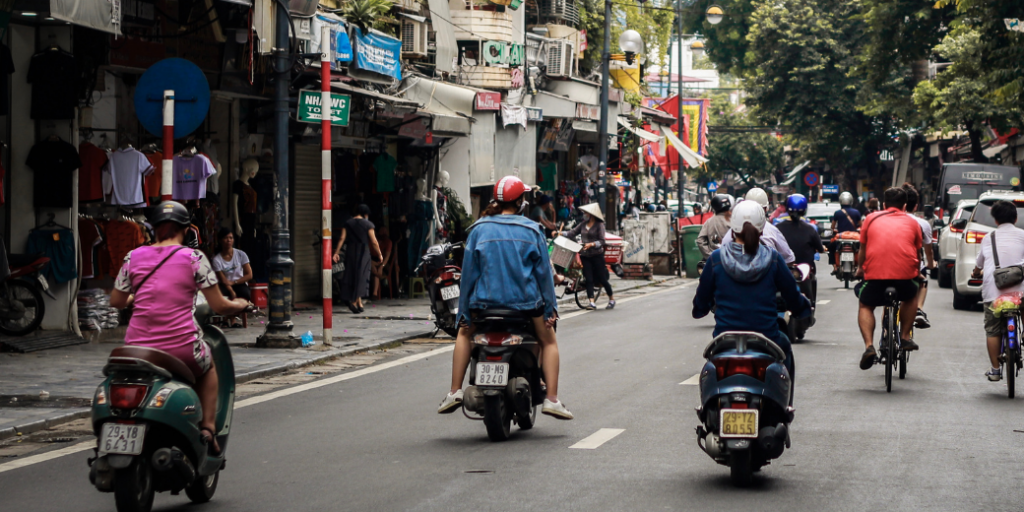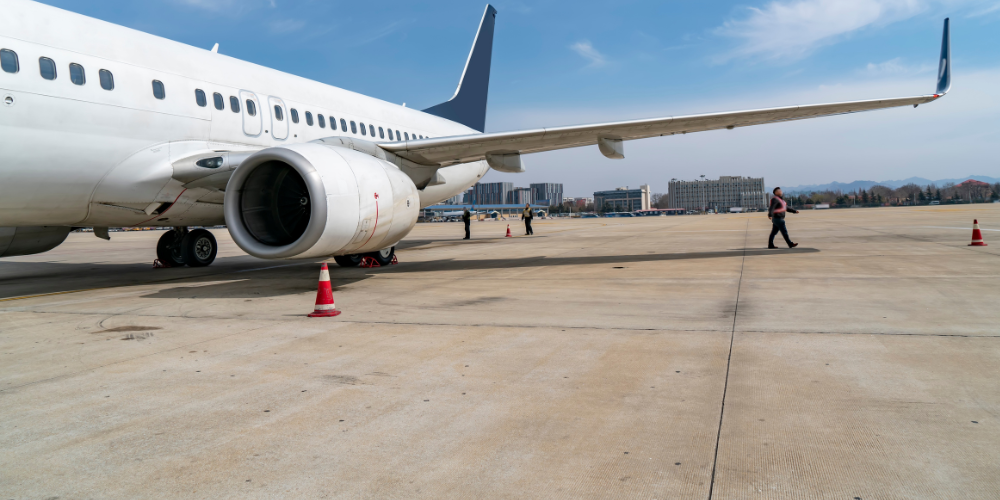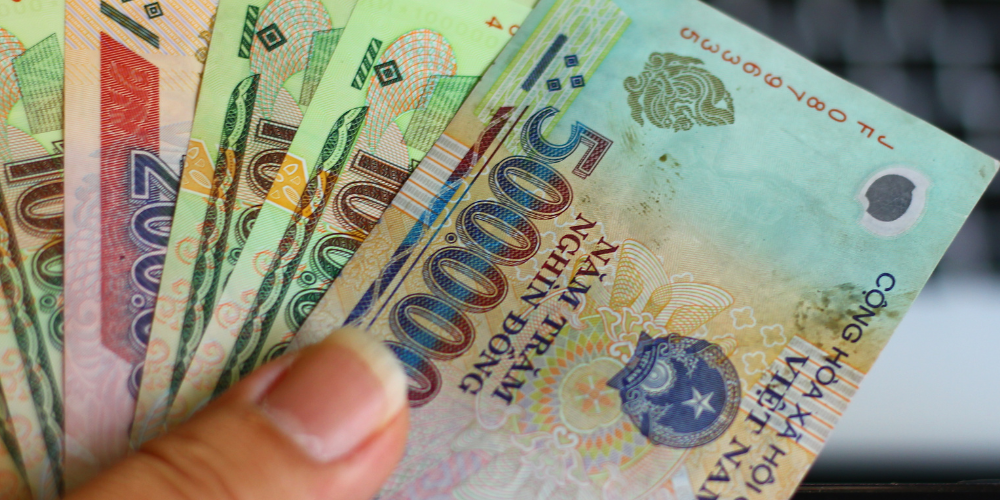Industry Reports
Japan & Korea Cultural Content in Southeast Asia

Summary
Cultural content in Southeast Asia is not just entertainment—it is a monetisable, data-backed economic engine. With a young, connected audience and increasingly sophisticated fan ecosystems, the region offers fertile ground for content, commerce, and capital. From brand activations and licensing to venture investment and local co-productions, opportunities are diverse and growing.
Southeast Asia Becomes a Cultural Super-Consumer
Why Southeast Asia is Emerging as a Global Cultural Powerhouse
Southeast Asia (SEA) is quickly becoming a major force in the global cultural content ecosystem. Japanese and Korean exports—spanning anime, K-pop, manga, and character IP—are dominating regional screens and shelves. Indonesia, the Philippines, and Thailand in particular are leading this consumption wave, home to some of the most engaged fanbases globally.
Driving this surge is a perfect storm of youthful demographics, digital connectivity, and affordability. Streaming services with low price points are widely accessible, while social media intensifies fan engagement and organic promotion. As global producers look east, SEA’s convergence of demand, distribution potential, and investment incentives creates compelling opportunities for content creators, rights holders, and investors alike.
Rising Demand in SEA’s Cultural Content
Anime and K-Pop Dominate SEA Audiences
The demand for Japanese and Korean cultural IP in SEA is not a passing trend—it is a high-growth market. In 2024 alone, SEA’s anime industry reached USD 1.3 billion, with Indonesia, the Philippines, and Thailand accounting for a majority share. Manga, too, is scaling, with the region’s comic book market valued at USD 241 million.
K-pop continues its dominance with USD 123 million in exports to SEA. Indonesia ranked second globally for K-pop listenership on Spotify in 2023, while the Philippines had the third-highest number of K-pop fans globally. This loyal fandom is not only digitally active but financially committed—average annual BTS fan spending in SEA tops USD 1,422, reflecting strong monetisation potential for music and merchandise.
Local Content Production in Southeast Asia Remains Nascent
Despite this thriving ecosystem, SEA’s domestic content production remains early-stage. The Philippines has made a notable impact with anime-style series like Trese, while Malaysia continues to build out franchises like Upin & Ipin and BoBoiBoy. Yet, most SEA countries still lack the scale and funding to rival imported content. Encouragingly, robust government backing in Malaysia and emerging frameworks elsewhere suggest a foundational shift is underway.
What Drives Southeast Asia’s Content Boom?
Young, digitally native consumers accelerating the cultural wave
SEA’s cultural content boom is underpinned by demographic and technological advantages. Nearly 18% of the population is aged 13–24, forming a prime segment for fandom-driven consumption. Streaming service penetration stands at 88%, internet access at 78%, and social media usage at 62%. This connectivity ensures frictionless exposure to global content and facilitates viral fan movements across platforms like TikTok, YouTube, and X (formerly Twitter).
Passionate Fandoms Outspend Expectations
While SEA markets are price-sensitive overall, cultural content fans are willing to spend. In Indonesia, more than a quarter of anime and K-pop fans spend USD 6.60–33 monthly on merchandise—despite low average incomes. Premium concert and event pricing has also seen strong uptake, with full-access Anime Festival Asia Indonesia tickets priced at USD 157. K-pop albums are routinely sold at price points representing up to 10% of monthly income, highlighting a rare case where emotional value trumps financial cost.
What is shaping Southeast Asia’s content culture?
Localisation as a Growth Accelerator
Content localisation has played a critical role in deepening regional affinity. Subtitling, dubbing, and even cultural content editing are increasingly common. Japanese anime like Yu Yu Hakusho have been adapted with English names in the Philippines, and publishers like Kadokawa tailor manga content to align with cultural sensitivities in Indonesia. K-pop groups are also incorporating regional talent—SM Entertainment’s new group Hearts to Hearts includes an Indonesian member, strategically fostering local fandoms.
Brands Monetise Fandom for Growth
Consumer brands across SEA are tapping into cultural fandoms to drive engagement and revenue. Lemonilo’s partnership with K-pop group NCT Dream, embedding photo cards in noodle packs, became a marketing case study. Airlines like Garuda have launched Pokémon-themed aircraft to appeal to family tourists, while Tomoro Coffee’s Jujutsu Kaisen-themed drinks boosted sales by 10 million cups in just four months. Cultural content is no longer niche—it is core to brand strategy in SEA.
Entering Southeast Asia’s Cultural Content Market
Subsidiaries vs Licensing Models
Market entry for cultural IP into SEA has followed a dual path: direct investment and licensing. Japanese companies like Toho and Toei Animation have set up subsidiaries in Singapore and the Philippines to capitalise on skilled labour and cost efficiencies. Licensing remains the dominant model, particularly for anime and character IP, with companies like Odex (Singapore) managing regional rights. Joint ventures (JVs) are also rising, especially in K-pop and manga—SM Entertainment’s partnership with Thailand’s TrueVisions and Kadokawa’s JVs in Indonesia and Thailand exemplify this trend.
Government & VC Funding Fuel IP Growth
Government support is intensifying across SEA. Indonesia’s IDR 5 trillion (USD 312.5 million) creative economy fund, launched in 2025, is one of the most significant efforts to date, focusing on IP development, talent nurturing, and infrastructure. Singapore, a hub for anime-related investment, has seen major VC inflows into companies like Kasagi Labo and Mighty Jaxx. Malaysia and the Philippines have also rolled out targeted funding schemes to scale local creative production.
Key Challenges Shaping Southeast Asia’s Content Market
Piracy Undermines Market Potential
Despite the optimism, piracy and counterfeiting remain endemic. Over half of SEA consumers admit to consuming pirated content, and Asia-Pacific accounts for more than 50% of global music piracy. Japan estimates losses of USD 14 billion annually due to online piracy of anime, manga, and games. Legal frameworks in many SEA countries remain outdated or poorly enforced, though site-blocking has proven effective in countries like Indonesia. Cross-border collaborations, such as between Japan’s CODA and the Philippines’ IPOPHL, are beginning to address these gaps.
Funding and Scale Limit Local IP Producers
For local creators, challenges persist in securing capital and scaling operations. Most animation studios in SEA operate with fewer than 50 staff—far below the 150–200 required for a full-length TV production. IP-backed financing, while promising, faces issues with asset valuation and institutional acceptance. Countries like Indonesia, Singapore, and the Philippines are piloting frameworks to treat IP as collateral, but practical uptake remains limited. Solving these constraints will be critical to unlocking domestic creative economies.
Cultural Content Market: Untapped Growth Frontiers
Webtoons, Donghua, and VTubing Rising
Beyond anime and K-pop, new verticals are gaining traction. Webtoons, particularly from platforms like Naver and Kakao, are rapidly expanding with localised content and new funding (e.g. USD 1 million raised by Indonesia’s Kisai Entertainment). Chinese anime (donghua) is also gaining popularity, particularly in Thailand. VTubing—virtual YouTubers using animated avatars—is booming in Indonesia, where top channels now boast over 2 million subscribers and local agencies are flourishing. These formats present next-gen investment opportunities for IP owners and platforms alike.
Insights for Investors and Business Leaders
Cultural content in Southeast Asia is rapidly evolving into a high-growth market, offering a wide range of opportunities—from brand activations and IP licensing to venture investment and local co-productions. As consumer demand expands and cross-border collaboration accelerates, the region presents compelling prospects for both investors and corporate leaders.
Speeda, a leading business-intelligence platform focused on Asia, equips decision-makers with the data and insights needed to navigate this dynamic landscape. With extensive coverage of private companies, market developments, and policy trends, Speeda enables users to quickly build a deep understanding of industry movements and efficiently gather mission-critical information at their fingertips.
Thank you for your submission!
We will send an email with the download link to access the report shortly.
Follow our Linkedin Page !
Our latest updates on
ASEAN reports and webinars are posted here.

























